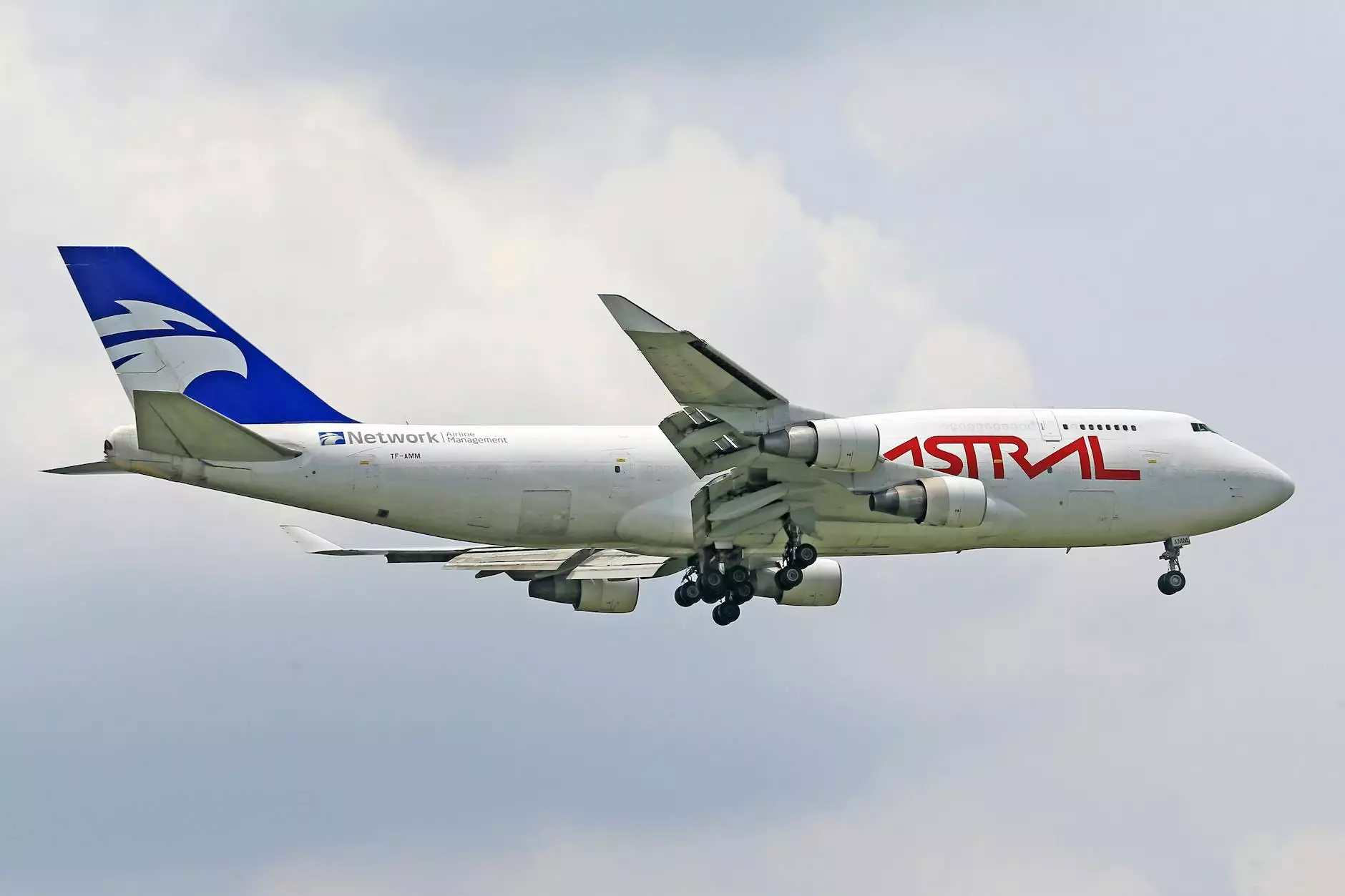Understanding Air Freight Prices: A Comprehensive Guide

In today’s fast-paced global economy, businesses are continually seeking effective ways to transport goods across vast distances. One of the preferred methods for speed and reliability is air freight. However, a common challenge faced by many shippers is navigating the complex landscape of air freight prices. In this article, we will delve deep into the factors that affect pricing, the overall pricing structure, and tips for optimizing your shipping strategy.
What Influences Air Freight Prices?
Understanding what influences air freight prices is critical for businesses aiming to optimize their shipping costs. Below are the key factors:
- Weight and Volume of Cargo: Air freight rates are usually calculated based on either the actual weight or the volumetric weight of the cargo, whichever is greater. It’s essential to measure both.
- Distance: The geographical distance between the origin and destination plays a significant role in pricing. Long-haul flights generally incur higher costs.
- Type of Goods: Certain items, such as perishables, hazardous materials, and high-value items, may incur additional fees due to specific handling requirements.
- Seasonality: Air freight prices can fluctuate seasonally based on demand. For example, during peak holiday seasons, prices may surge significantly.
- Carrier Choice: Different air cargo carriers have varying pricing structures and service levels, greatly affecting overall costs.
- Fuel Costs: The price of fuel directly impacts air freight costs. As fuel prices rise, so do shipping rates.
- Customs and Duties: Import duties and taxes can add substantial costs, and understanding these can help in budgeting.
How Are Air Freight Prices Calculated?
Air freight pricing can seem daunting, but it can be understood when broken down into its components. Generally, air freight pricing consists of:
Base Rate
The base rate is typically established by the airline and depends on the factors mentioned above. It represents the basic shipping cost for your cargo over a certain distance.
Fuel Surcharge
A fuel surcharge is a fee added to the base rate to account for fluctuations in fuel prices. This charge can vary widely based on current market conditions.
Security Surcharge
Given the heightened security concerns in air transport, a security surcharge is often applied to cover the costs of enhanced security measures.
Handling Fees
Airlines and freight forwarders may charge handling fees for loading and unloading cargo, especially for oversized or fragile items.
DRAYAGE Fees
If your cargo needs to be transported to and from the airport, drayage fees, which cover this local transportation, will also apply.
Types of Air Freight Prices
There are various types of pricing categories in the airline industry. Understanding these can be immensely beneficial:
- General Cargo Rates: These are standard rates for typical cargo that doesn’t require special handling.
- Special Rates: For shipments that require specific conditions or service levels (like temperature control), special rates are applicable.
- AIRFREIGHT EXW Pricing: This term refers to the seller's responsibilities under Ex Works shipping terms. The seller is responsible for delivering items until they get loaded on the aircraft.
Optimizing Your Air Freight Prices
To ensure that you are paying the best possible rates for your air freight needs, consider the following strategies:
1. Leverage Volume Discounts
Shippers who frequently use air freight can negotiate better rates based on the volume of their cargo. Engage with your freight forwarder to explore available discounts on larger shipments.
2. Understand Your Freight Class
Identifying the appropriate freight class for your goods can prevent exceeding weight limits that lead to higher costs. Be sure to provide accurate dimensions and weights to your freight forwarder.
3. Use Freight Forwarders
Partnering with experienced freight forwarders can allow you to tap into their negotiated rates and expertise in routing and handling, potentially reducing your overall costs.
4. Pre-Plan Shipments
Planning shipments in advance can prevent last-minute pricing spikes. Always try to look ahead for seasonal fluctuations.
5. Compare Multiple Carriers
Not all carriers offer the same prices or services. Always compare different options to find the best rate for your specific needs.
Final Thoughts on Air Freight Prices
As we have discussed throughout this article, navigating the terrain of air freight prices requires an understanding of various components influencing pricing. By grasping the fundamentals of air freight, you can make informed decisions that will not only save your business money but also enhance the efficiency of your logistics operations.
Cargobooking.aero is committed to helping businesses find optimal solutions for their shipping needs. Utilizing our platform will provide you with the necessary resources and insights to improve your shipping strategies, manage costs effectively, and keep your supply chain streamlined and efficient.
Resources and Further Reading
For those looking to expand their knowledge on air freight prices and logistics, consider diving into these resources:
- IATA - Air Cargo Market Analysis
- Frontex - European Border and Coast Guard Agency
- Cargobooking.aero - Your Air Cargo Solution
By understanding and applying the insights shared in this guide, businesses can position themselves to thrive in the constantly evolving realm of air logistics.









